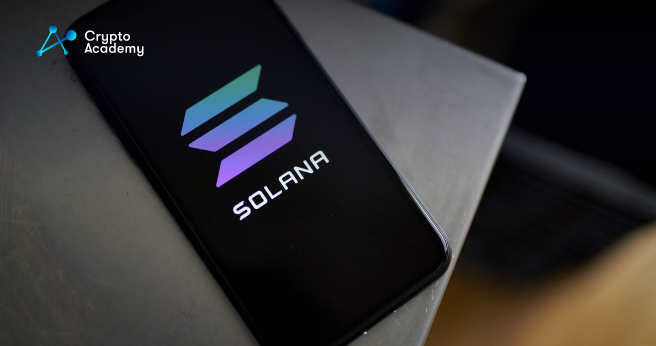Solana network experiences a slowdown and temporary shutdown due to forking incident, prompting validators to downgrade and restart the chain.
Early Saturday, the Solana blockchain experienced technical difficulties that slowed down users’ ability to trade cryptocurrencies and transfer assets on-chain. The blockchain’s forking incident created conflicting versions of its transaction history, while validators’ RAM increased, and the chain’s transaction throughput plummeted, causing nearly all on-chain activity on the Solana network to freeze. Solana’s Discord server reported the forking at around 00:53 in New York time. According to Solana Explorer, the network’s transaction processing rate fell to 93 transactions per second (TPS) at around 02:00, down from the previous rate of approximately 5000 TPS.
The technical difficulties that Solana experienced are similar to those that the blockchain encountered in 2022 when halts and slowdowns resulted in reforms to how the Solana network manages inbound traffic. Despite this, the current situation does not have an immediate culprit, although validators and network engineers suspect a bug in the new version of the Solana code that had been online for a few hours before the forking incident. Without a definite bug to address, validators began downgrading to the previous version in hopes of restoring Solana’s throughput. The SolBlaze pseudonym, a developer active in Solana’s developer circles and a liquid staking pool operator, reported that Solana employees also began advocating for the downgrade.
In an attempt to restore Solana’s operations, a supermajority of validators had downgraded to the old software. However, the downgrade did little to solve the unknown problem. Thus, the validators opted for a more drastic solution: restarting the chain to the point immediately prior to the forking. SolBlaze stated that a complete shutdown of the chain is inevitable when organizing a restart attempt.
Solana Validators Attempt Second Restart
As the Solana network’s deep freeze persisted, validators planned a second restart attempt, hoping it would restore service to the blockchain’s users. Validators concluded that synchronizing a restart and forking the chain was the best way to restore the chain’s functions. The first attempt was unsuccessful, leading to an extended delay after the validators restarted the wrong point in the chain. The slowdown that began with sluggish transaction processing escalated into a near-complete shutdown of activity on Solana, according to developers and validators. The chain’s block production has ceased, and transactions are neither processing nor being validated.
As a result of the blockchain’s issues, users of the chain have found themselves unable to access their on-chain crypto assets, which are frozen in place until Solana’s critical backend infrastructure comes back online. As key Solana ecosystem players attempted to identify a cause, a leading theory suggested that a “fat block” had caused the blockchain’s mechanics to become clogged. It’s worth noting that the network was in the process of upgrading to a new version when its difficulties began.
Validators are now attempting to restart the chain in collaboration with developers at Solana Labs. They had received roughly 70% of the total stake behind the move at press time, and the network requires an 80% supermajority to proceed.
This incident underscores the importance of having a resilient network infrastructure that can quickly recover from any technical difficulties. Many started debating as to why Solana remains in consideration for a top PoS crypto. SOL proponents usually like to compare Solana’s struggles with Ethereum.

